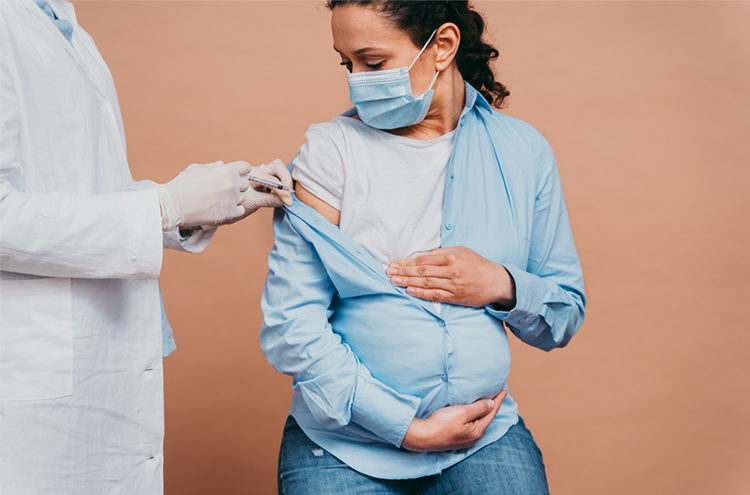Categories
- Bariatric Surgery (11)
- Black Fungus (5)
- Bone Marrow transplant (3)
- Brain Tumor Surgery Navigation Technology (20)
- Cardiac Surgery (66)
- Cardiology (97)
- Computer navigation technology for joint replacements (20)
- Covid Vaccination (17)
- Critical Care (2)
- Dental (19)
- Dermatology (31)
- Dialysis Support Group - “UTSAAH” (11)
- Dietitian (33)
- Emergency Medicine (4)
- Emotional Health (11)
- Endocrinology (33)
- ENT (20)
- Gastroenterology and GI Surgery (53)
- General and Laparoscopic Surgery (21)
- General Surgery (4)
- Gynecology & Obstetrics (183)
- Hematology (20)
- Internal Medicine (294)
- Kidney Transplant (50)
- Kidney Transplantation (20)
- Lung Cancer (8)
- Minimal Invasive Surgery (1)
- Mother & Child (20)
- mucormycosis (5)
- Nephrology (61)
- Neurology (147)
- Neurosurgery (68)
- Nutrition and Dietetics (107)
- Omicron Variant (1)
- Oncology (288)
- Ophthalmology (10)
- Orthopaedics & Joint Replacement (86)
- Paediatrics (59)
- Pediatric Nephrology (3)
- Physiotherapy (5)
- Plastic & Reconstructive Surgery (6)
- Psychiatry and Psychology (90)
- Psychologist (28)
- Pulmonology (72)
- Rheumatology (13)
- Spine Services (21)
- Transradial Angioplasty (16)
- Urology (84)
Query Form
Posted on Apr 19, 2022
Women's Health in India
Women in India face several health issues which affect their mental and physical well-being such as malnutrition, lack of maternal, prenatal and menstrual healthcare diseases like endometriosis and fibroids, breast cancer, and more. Women also suffer from heart disease, autoimmune diseases, and mental illnesses more commonly than men do. While men also suffer from several health issues unique to them, women in India face discriminatory and economic challenges that are much worse, making their overall health suffer.

Women’s health in India is not discussed as much as it should be. Women’s health issues are largely discussed only on a personal level between women. However, discussing women’s health concerns is vital as half of the population suffers from several diseases and problems, just because diseases, their preventative methods and their cures are not talked about. Worldwide, more than 40 percent of pregnant women are anaemic.
Women’s health in India is not discussed as much as it should be. Women’s health issues are largely discussed only on a personal level between women. However, discussing women’s health in India concerns is vital as half of the population suffers from several diseases and problems, just because diseases, their preventative methods and their cures are not talked about. Worldwide, more than 40 percent of pregnant women are anaemic. 810 women die everyday from preventable causes related to pregnancy and childbirth, and in 2018, 311,00 women died from cervical cancer. The majority of the deaths were from low and middle income families. This highlights the importance of educating both women and men on women’s healthcare.
Below is a list of a few of the most important women’s health topics and common women’s health problems:
-
Breast Cancer
Breast cancer is the most common cancer among women. 1 in 29 women will develop breast cancer during their lifetime. The mortality rate for breast cancer is also extremely high. The earlier breast cancer is diagnosed, the more possible it is to have a successful treatment and continue to live.
With breast cancer, risk factors include:
– obesity
– excessive alcohol consumption
– genes
– age.
It is important to regularly check yourself for lumps and to get screened for breast cancer.
-
Ovarian and cervical cancer
Cervical cancer symptoms and prevention include:
– light bleeding or blood spots after or in between periods,
– heavy menstrual bleeding, bleeding and pain during and after intercourse
– bleeding after menopause
– unexplained back and pelvic pain.
Prevention includes:
– getting screened and tested
– quitting smoking
– using contraception.
– getting enough nutrition.
For ovarian cancer, symptoms include:
– abdominal bloating/swelling
– weight loss
– discomfort in the pelvis
– change in bowel habit
– a frequent need to urinate
If you notice any of these symptoms, you must contact a doctor.
-
Menstrual health problems
They include several illnesses. It’s important to know about common menstrual issues: (1) Irregular Periods (2) Fibroids (3) Endometriosis.
Fibroids are abnormal growths that develop in or around a woman’s uterus. The tumors can get large and cause pain, or in other cases, cause no symptoms at all.
Symptoms include:
- Heavy bleeding between or during periods
- Increased menstrual cramps
- Increased urination
- Lower abdominal Pain
- Pain during intercourse
Endometriosis causes the tissue that lines the uterus to grow outside the uterus. Like other endometrial tissue, it thickens, breaks down, and bleeds. But when the tissue is outside it becomes trapped, resulting in cysts, pelvic issues, pain, and other problems. Endometriosis is very commonly associated with infertility.
Symptoms include:
- Painful periods
- Pain during intercourse
- Excessive bleeding
- Infertility
- Fatigue, nausea, bloating
Irregular periods are common among women. The normal length of a menstrual cycle is 28 days, but with irregular menstruation, the cycle can take more than 35 days or less than 21 days. Irregular bleeding during puberty is often due to hormonal imbalance and often not a major problem. If women who are past the age of 18 keep having irregular periods, they must contact a gynecologist. Irregular periods can be a sign of a major problem such as PCOS, thyroid disorders, endometriosis, and PID.
Female infertility can be associated with any of the above issues.
-
Mental Health Problems
Women are more likely to suffer mental health problems than men are. The symptoms and causes of mental illness in men and women are also different. For example, women are twice as likely as men to get depression.
In women, anxiety symptoms and causes include constant worry, panic attacks, and trouble sleeping. Women are more likely to suffer from social anxiety and eating disorders. Many also live in fear of harassment and discrimination, and many have a lack of control over their lives.
Other anxiety symptoms include:
- Being irritable
- Fearing the worst will happen
- Feeling restless
- Panic attacks
- Excessive worrying
- Sleep problems
It is difficult to treat a woman with anxiety, as most women don’t recognize they have anxiety or that it needs to be treated. Counseling and medication are ways to treat anxiety.
For more women’s health tips, women’s health issue articles check out our other blogs. For a women’s health check-up, book a consultation on our website here.



